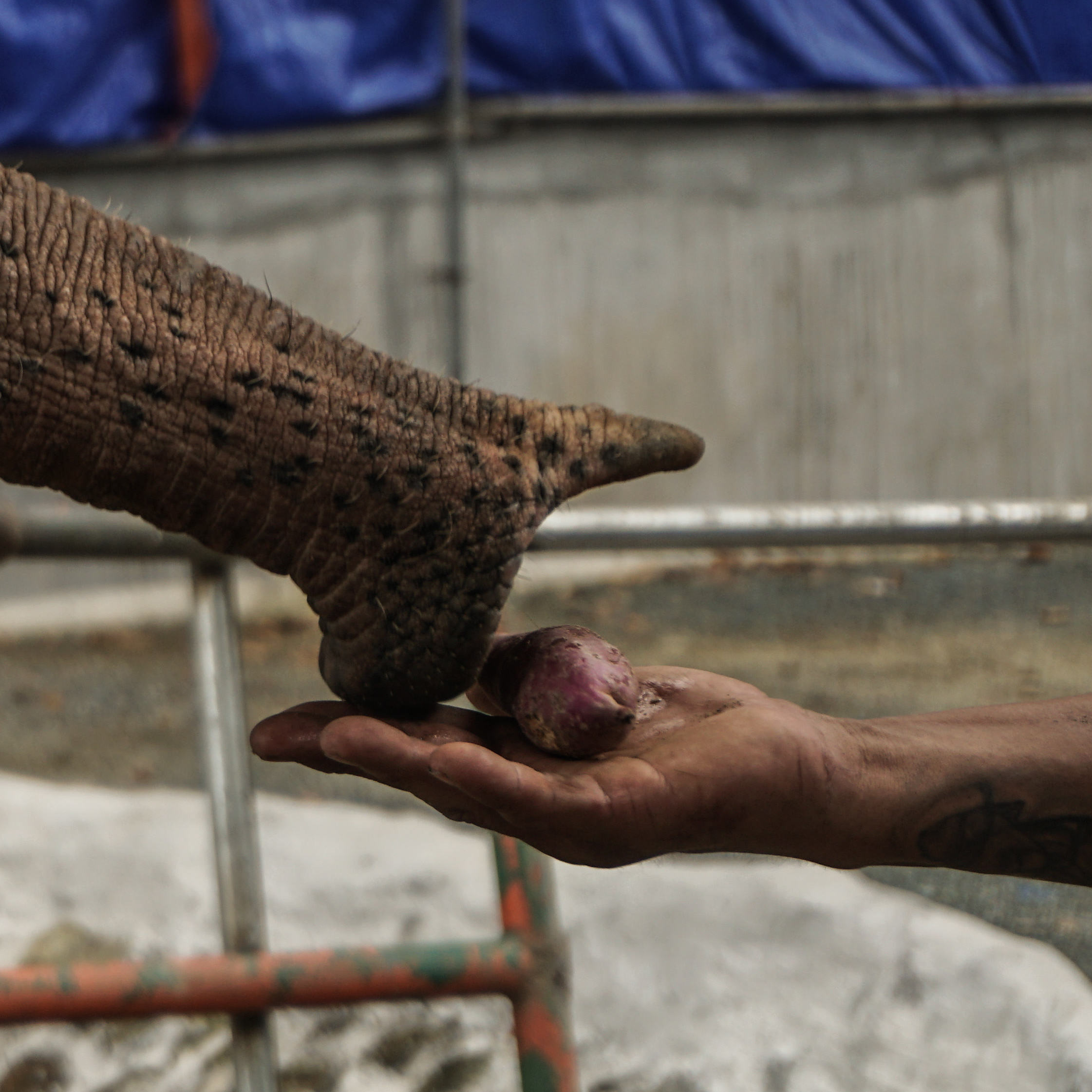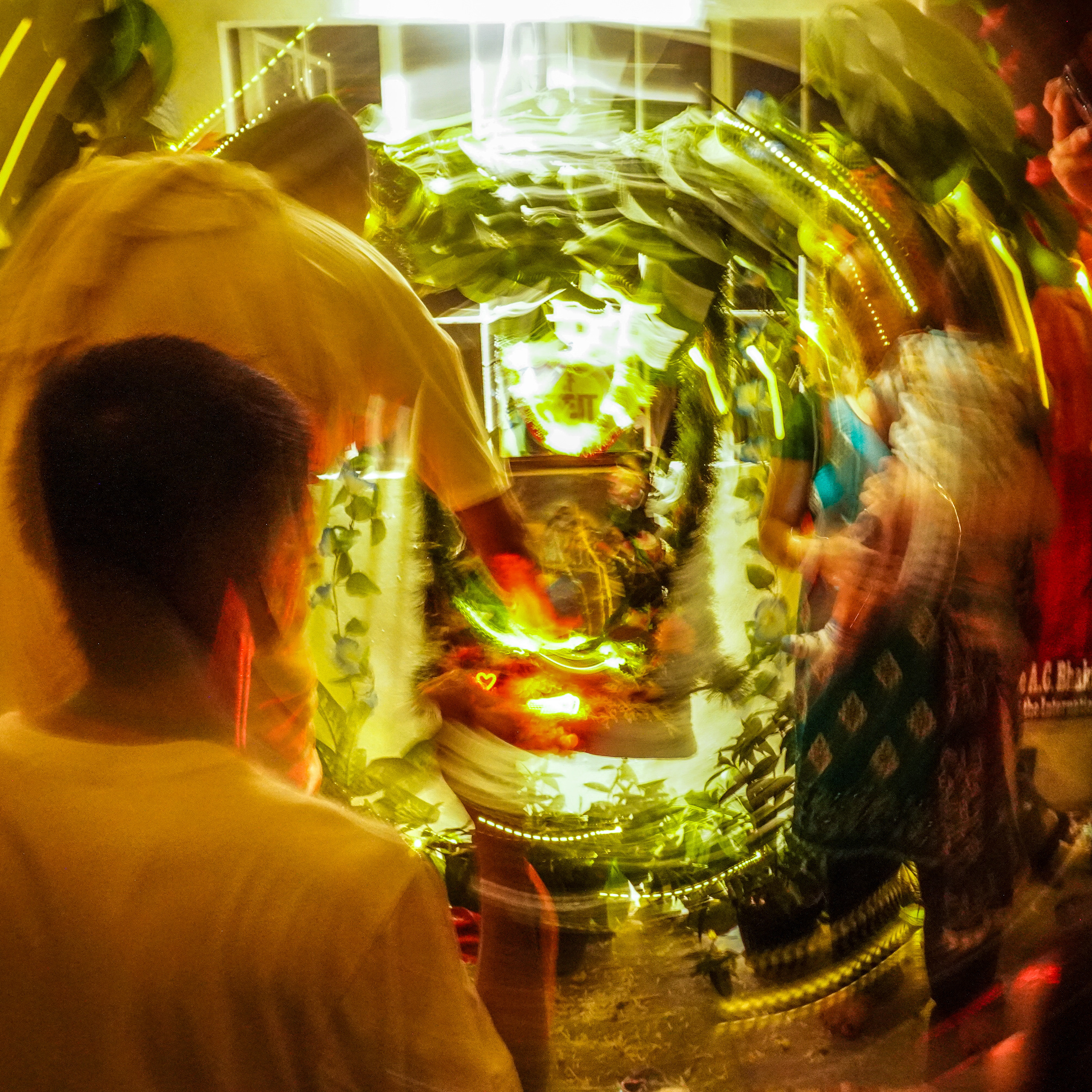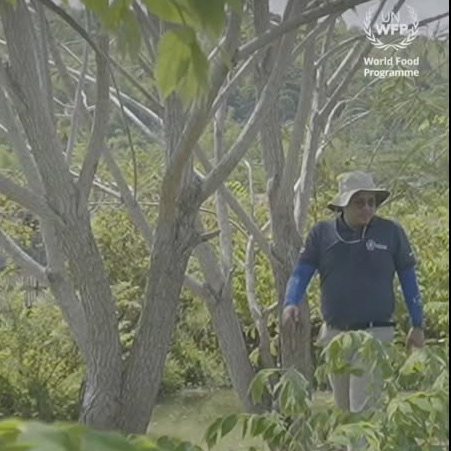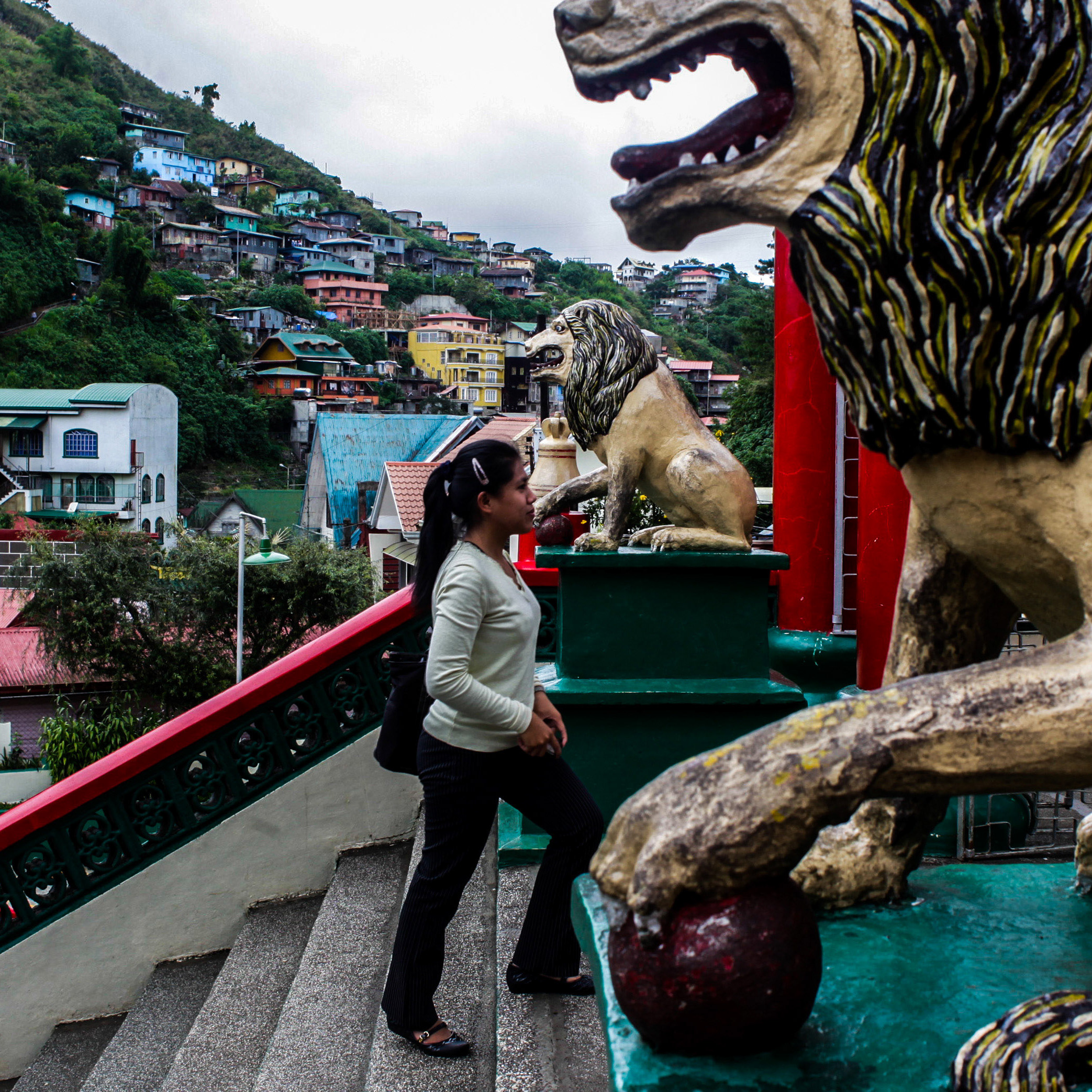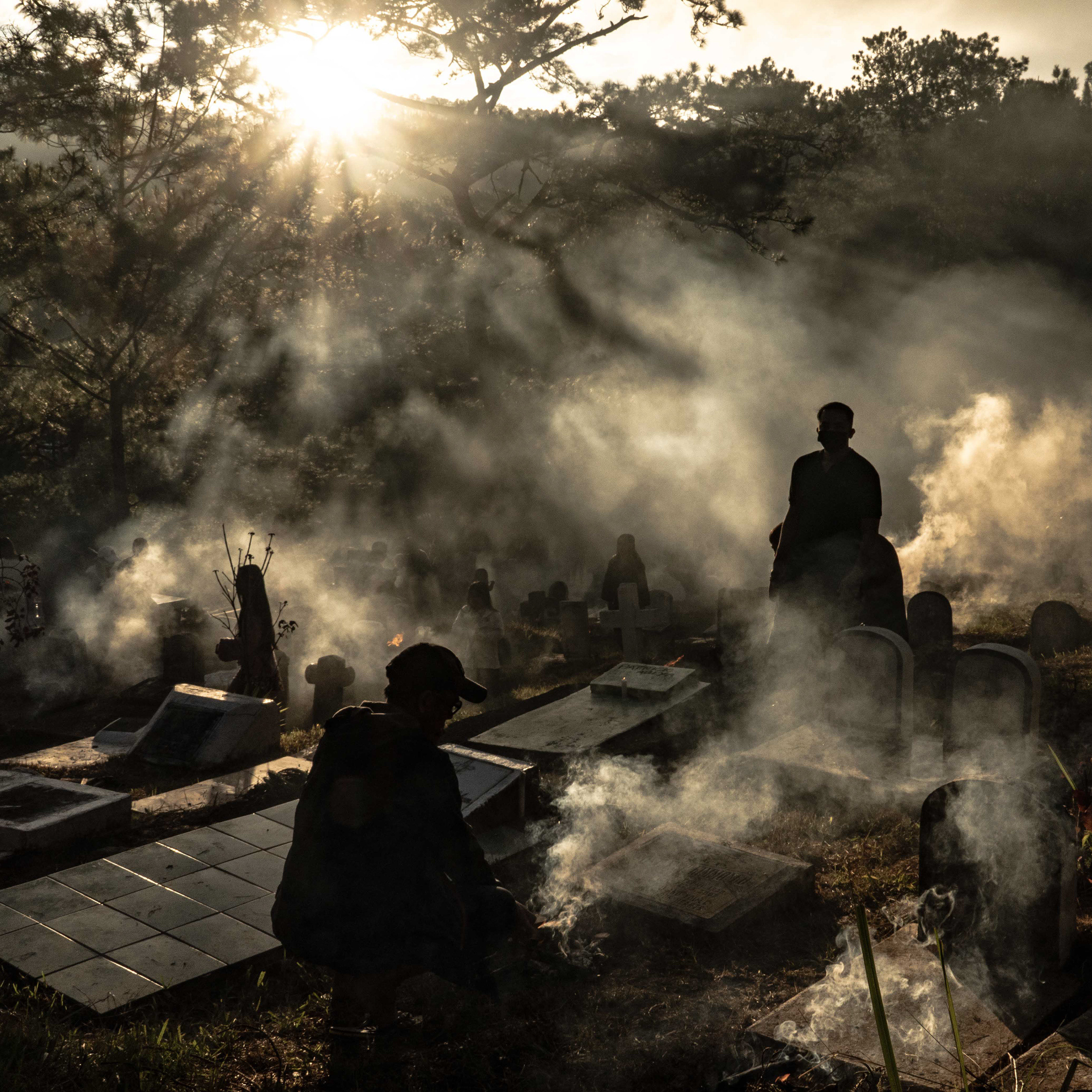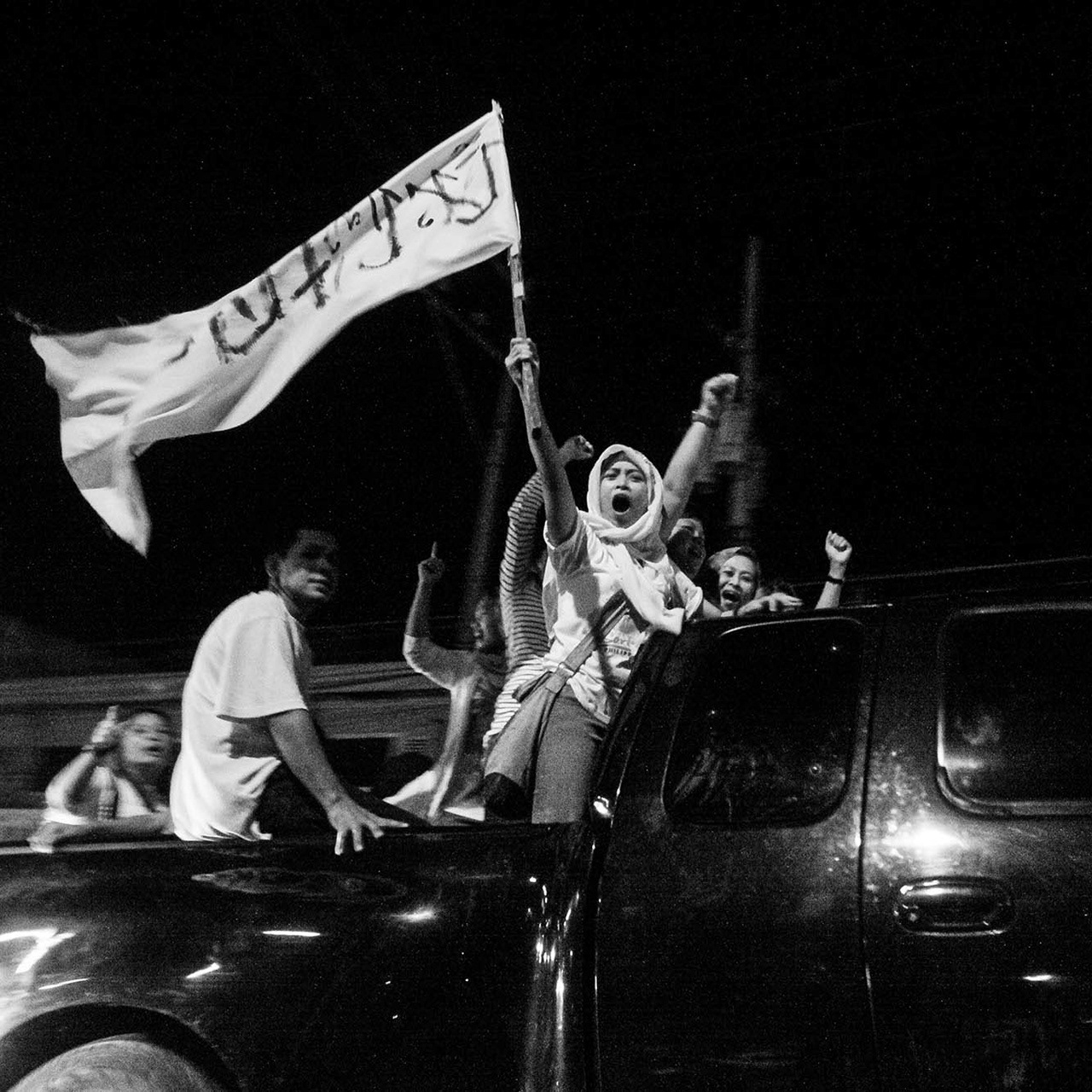Since 2016, the Philippines has been engulfed in a state-sponsored war on drugs—one of the deadliest anti-narcotics campaigns in the world. Launched by President Rodrigo Duterte upon taking office, the policy promised to “eradicate drugs from society,” but quickly evolved into a campaign marked by extrajudicial killings, police brutality, and widespread human rights abuses.
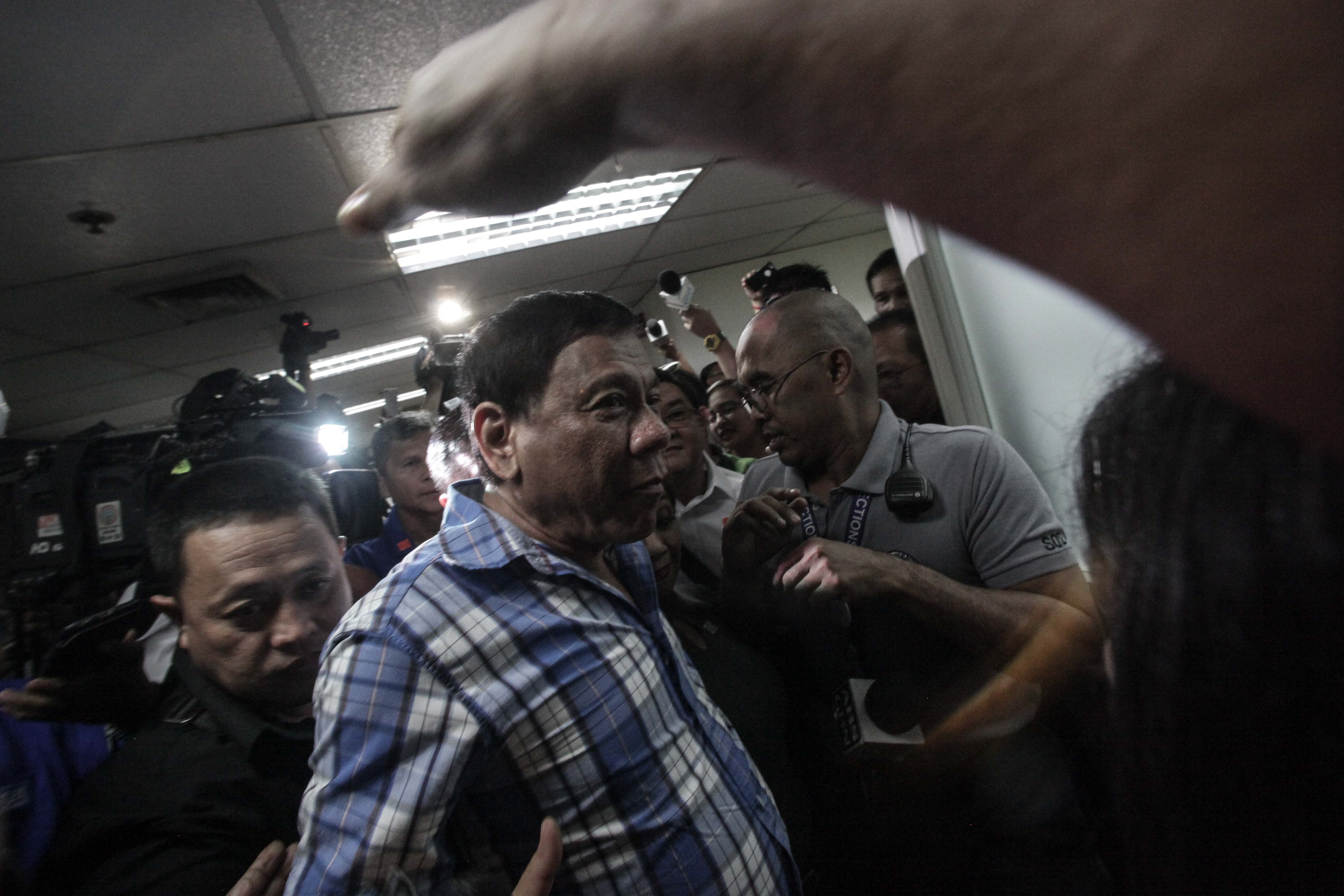
In just the first eight months, over 8,000 people were killed, according to government statistics—though independent monitors estimate the true number is much higher. The victims were often from impoverished communities: informal settlers, street vendors, unemployed youth, fathers, and mothers accused of petty drug use or small-scale selling.
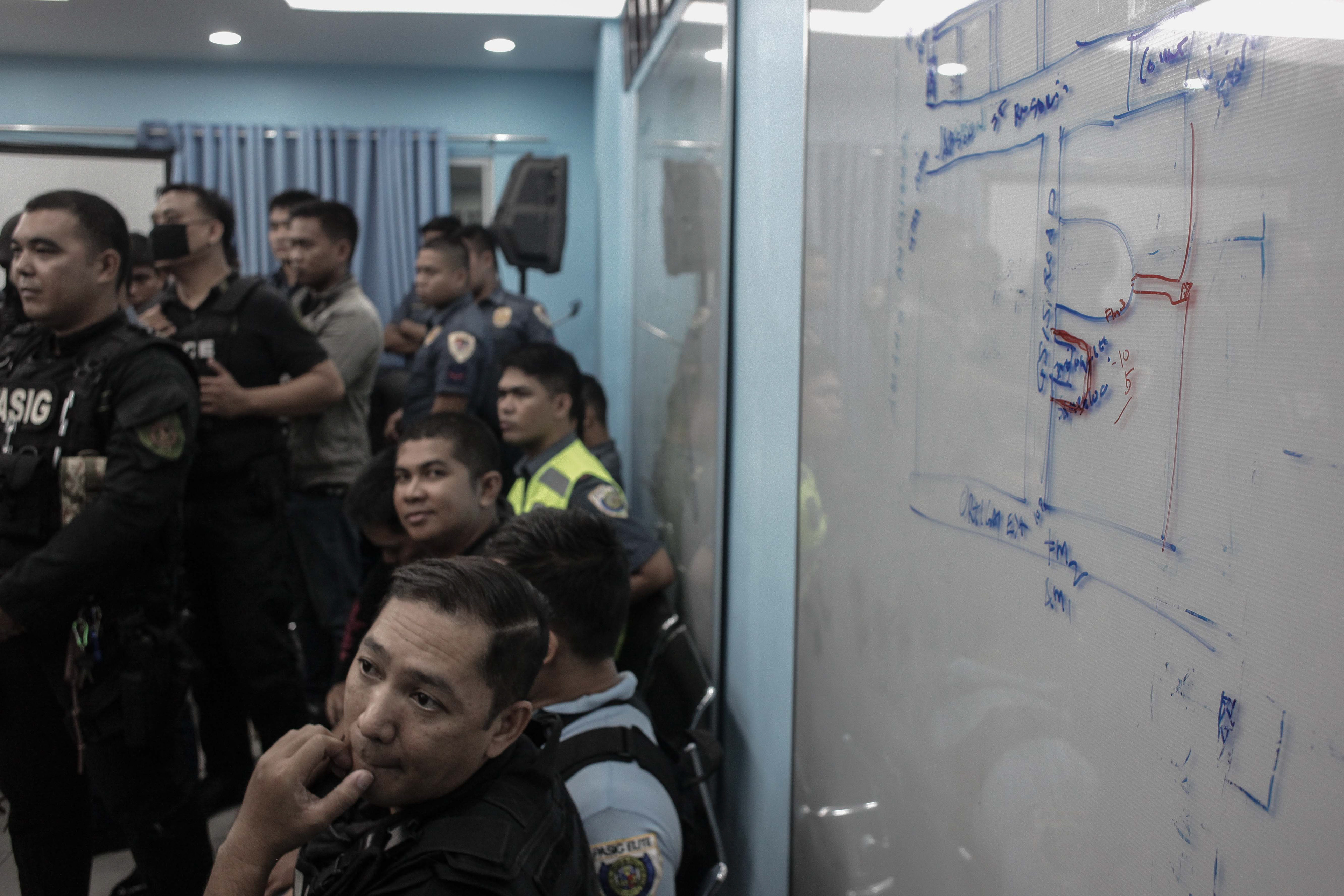

My photographs trace the aftermath of these deaths. Night after night, I have documented scenes of lifeless bodies, heads wrapped in packaging tape, hands bound with cords; cardboard placards left behind by unknown assailants reading “Pusher, 'wag tularan”—“I’m a drug pusher. Don’t be like me.”
Police operations, often conducted in the dead of night, typically end with the same official claim: “Nanlaban sila”—“They fought back.” But families tell a different story. Many insist their loved ones were unarmed, dragged from their homes, or executed in front of children. Few investigations follow. Justice remains elusive.
This campaign has left visible and invisible wounds. On the streets, the public has grown disturbingly accustomed to the sight of corpses. In the homes, survivors—especially children—live with the trauma of sudden loss and fear that they could be next. Even those who voluntarily surrendered to the authorities have been found dead days later, their names crossed out from local police “watchlists.”
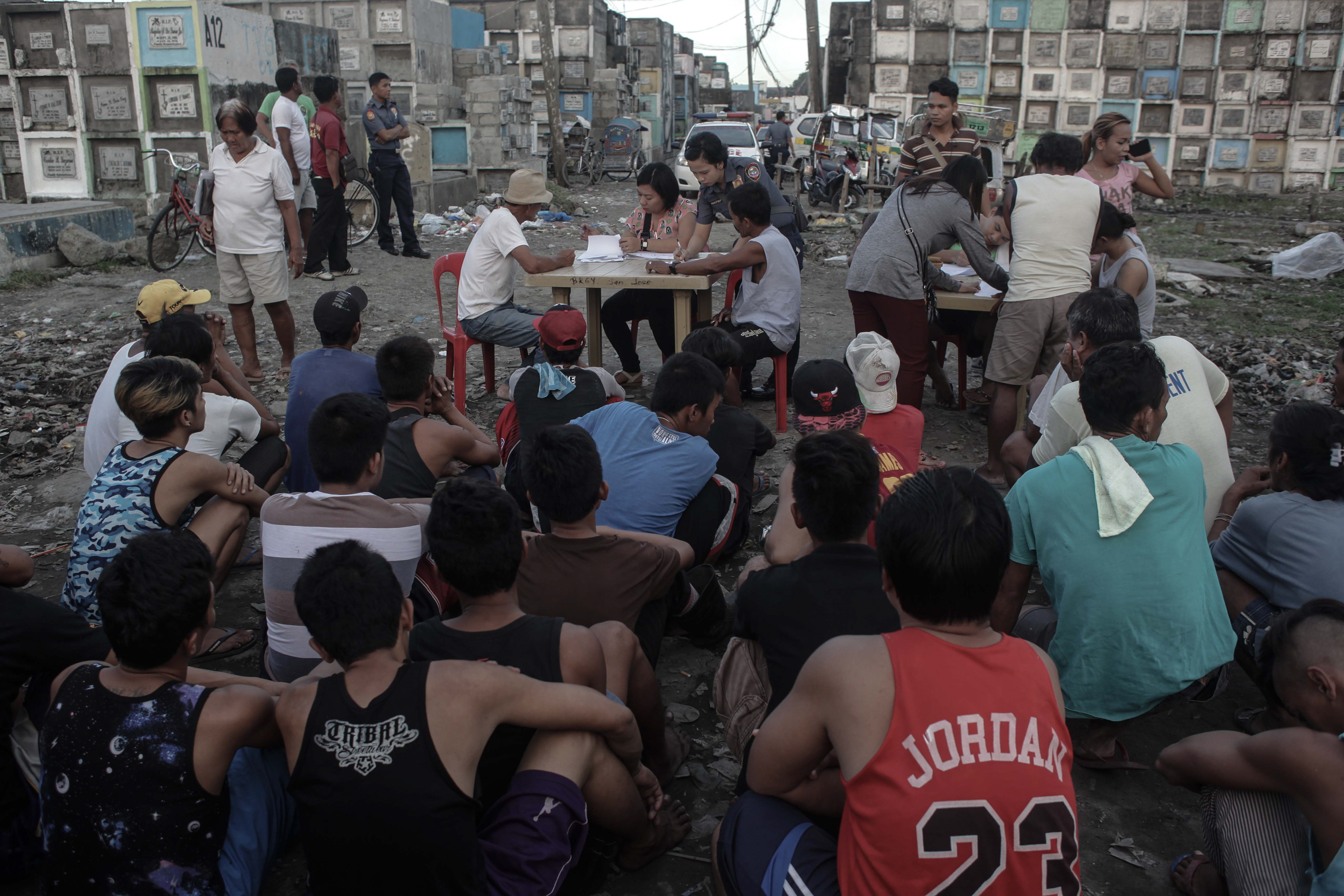
My intention in creating this photo story is not to sensationalize death—but to humanize those who have been dehumanized by this policy. Behind every image is a family in mourning. A mother who couldn’t protect her son. A child who saw their father taken. A community forced into silence.
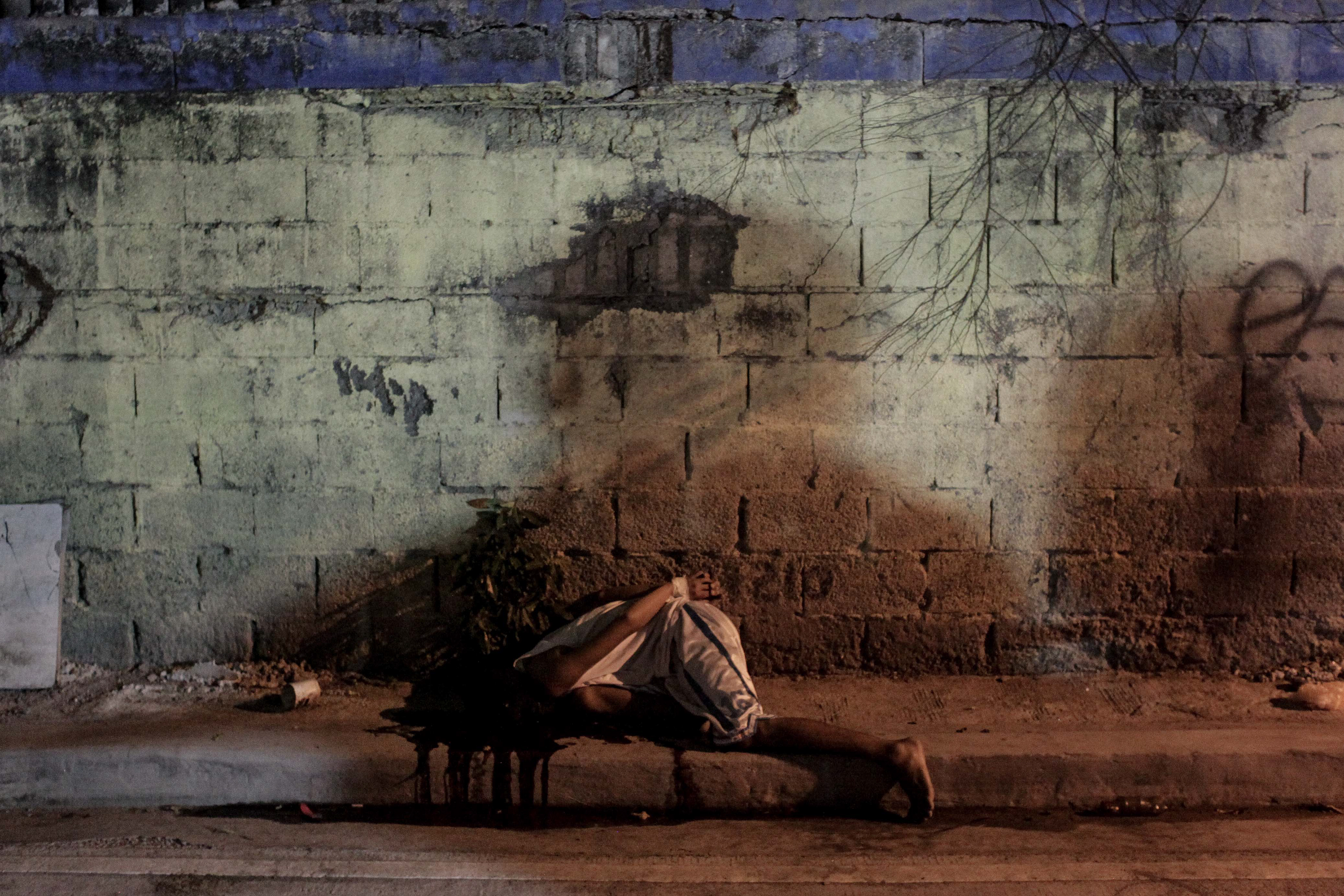
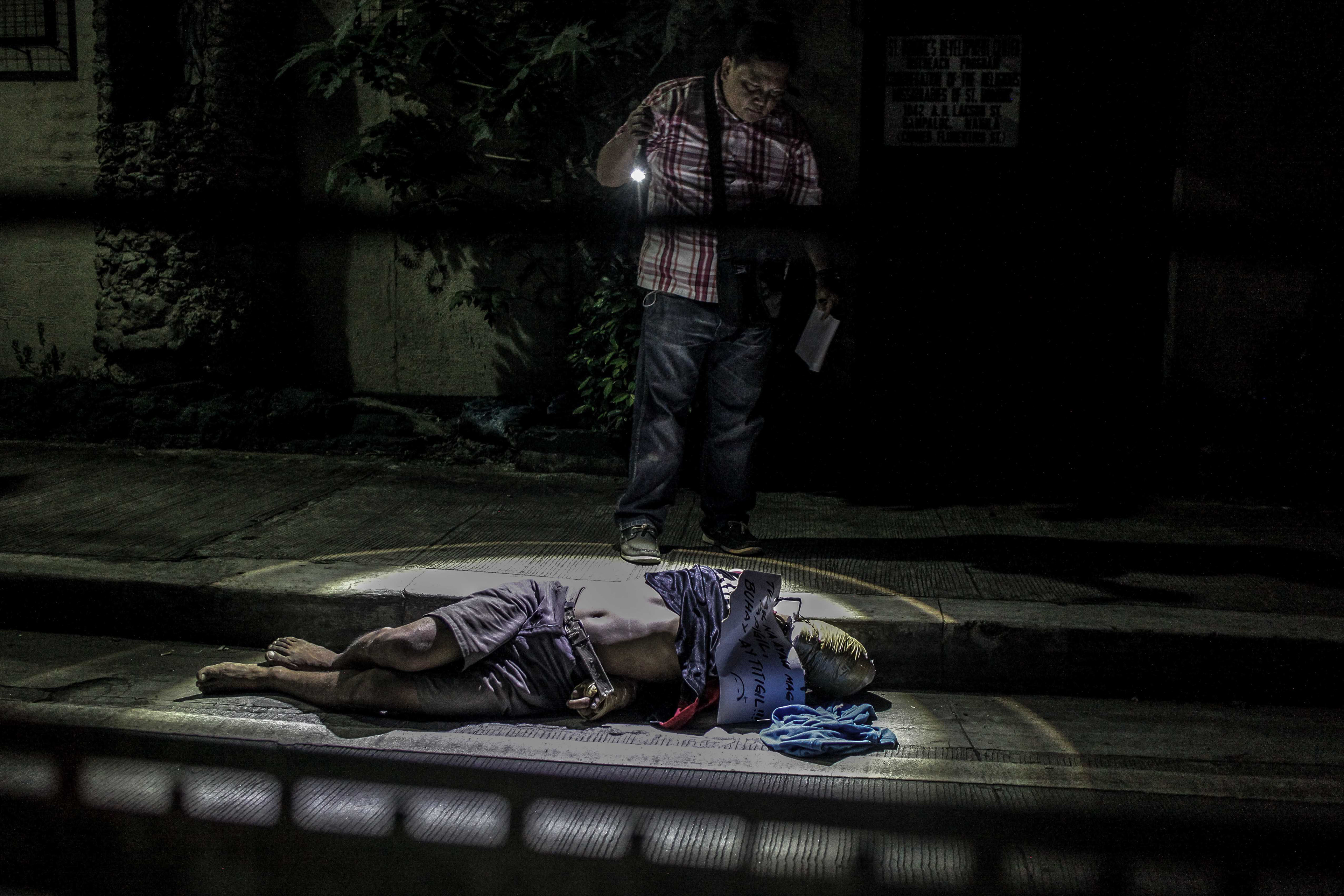
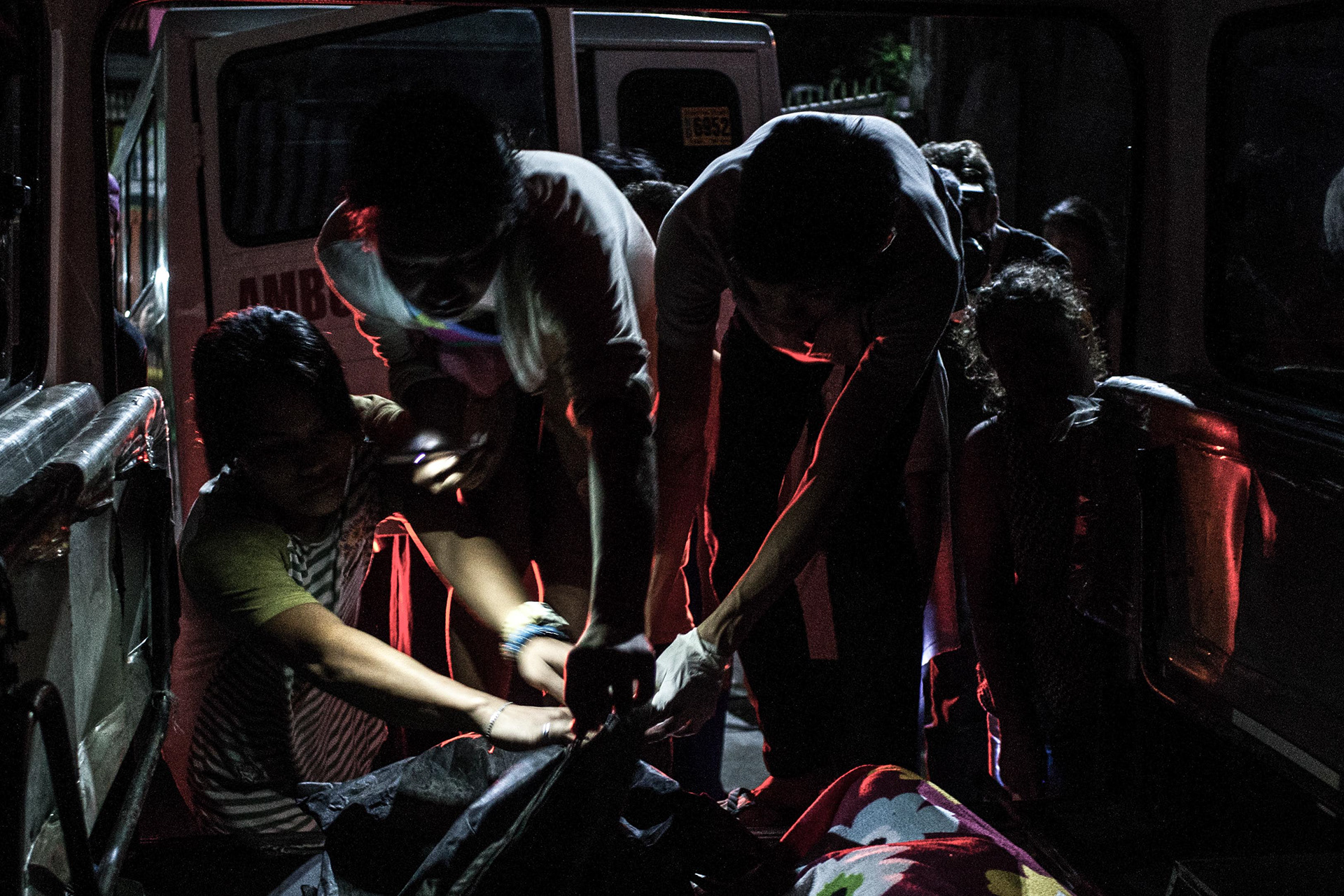
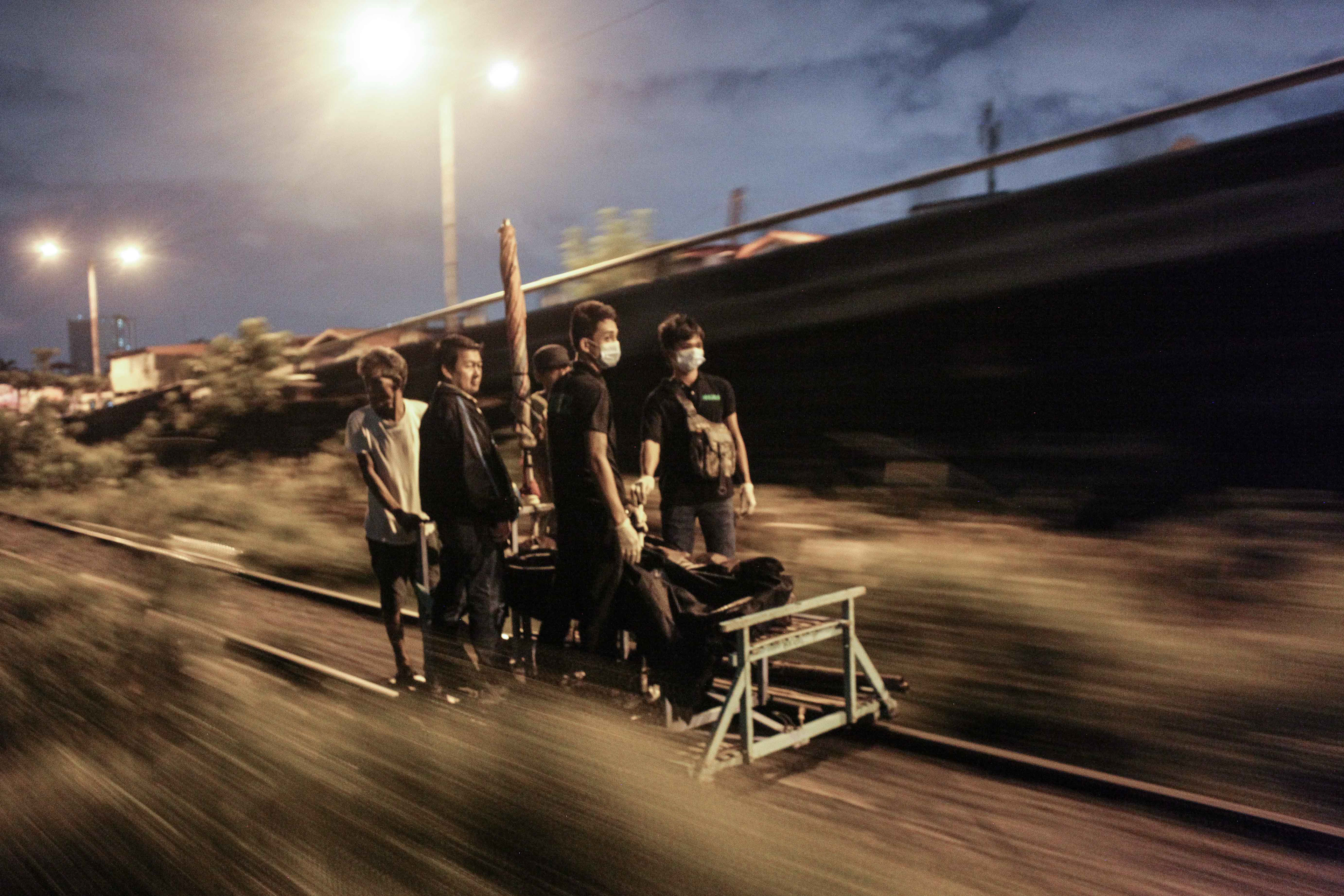

I believe that drug addiction is not a crime deserving of death—it is a public health issue rooted in mental health, poverty, and systemic neglect. Killing does not solve addiction; it silences the story. It ends the chance for healing.
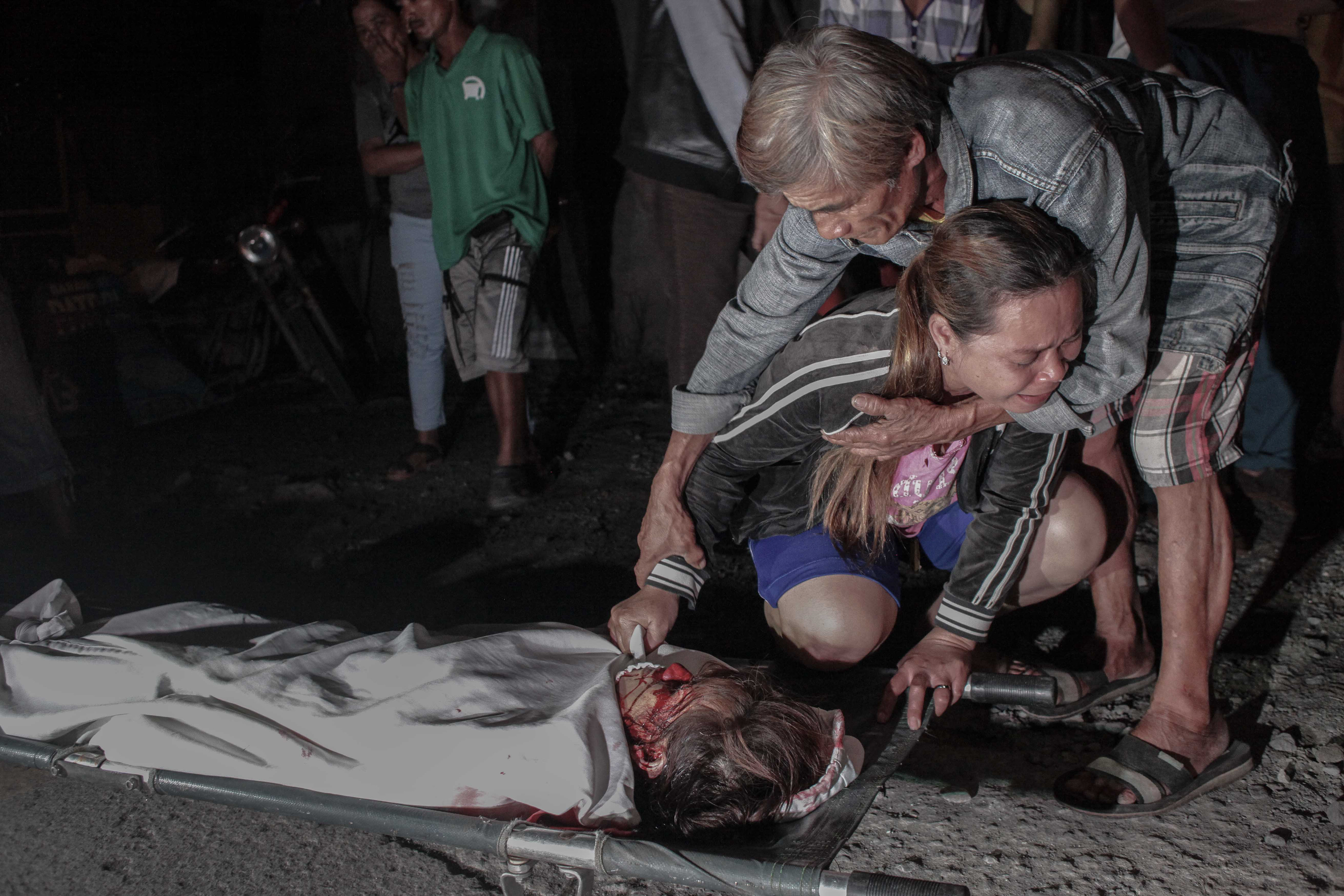

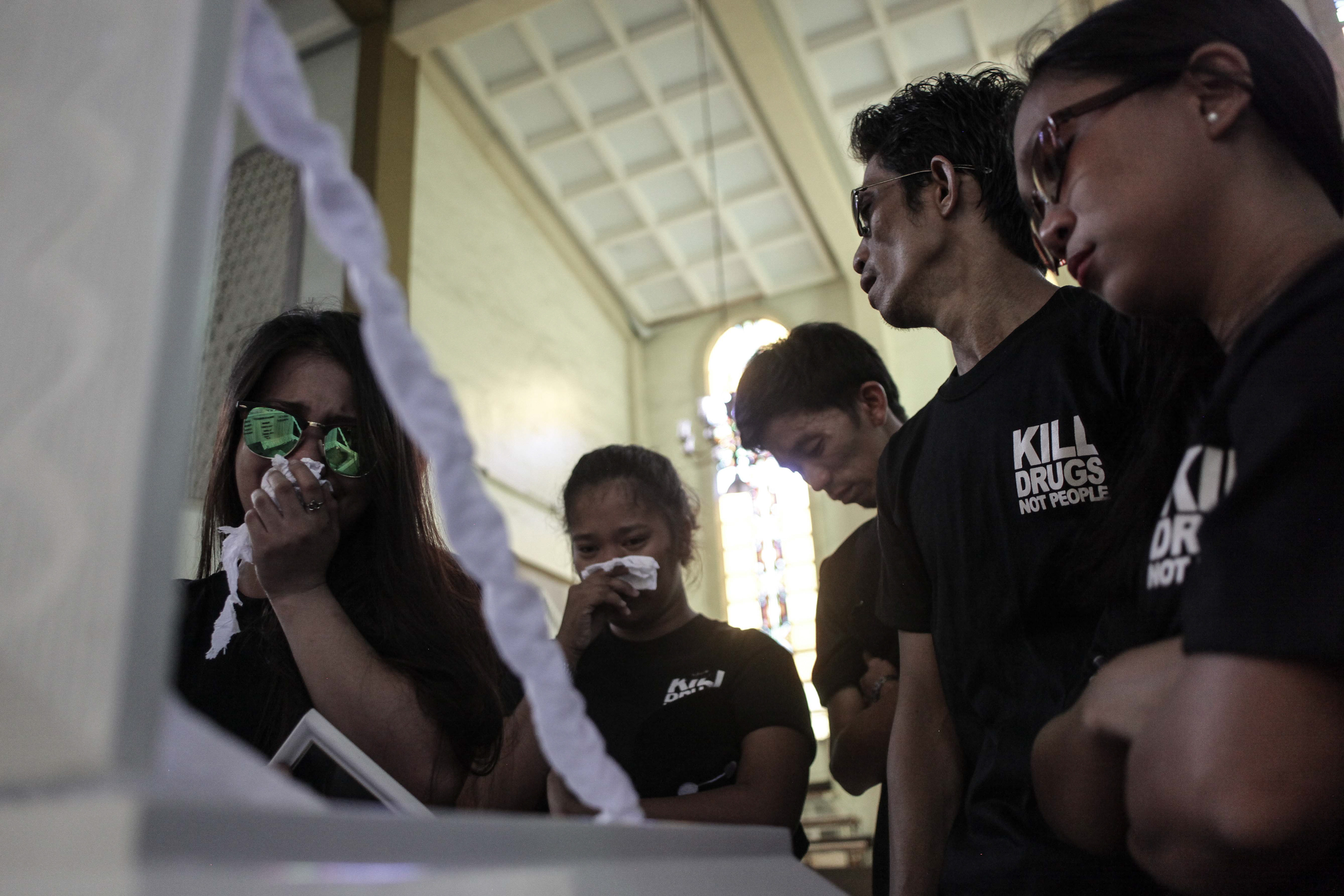
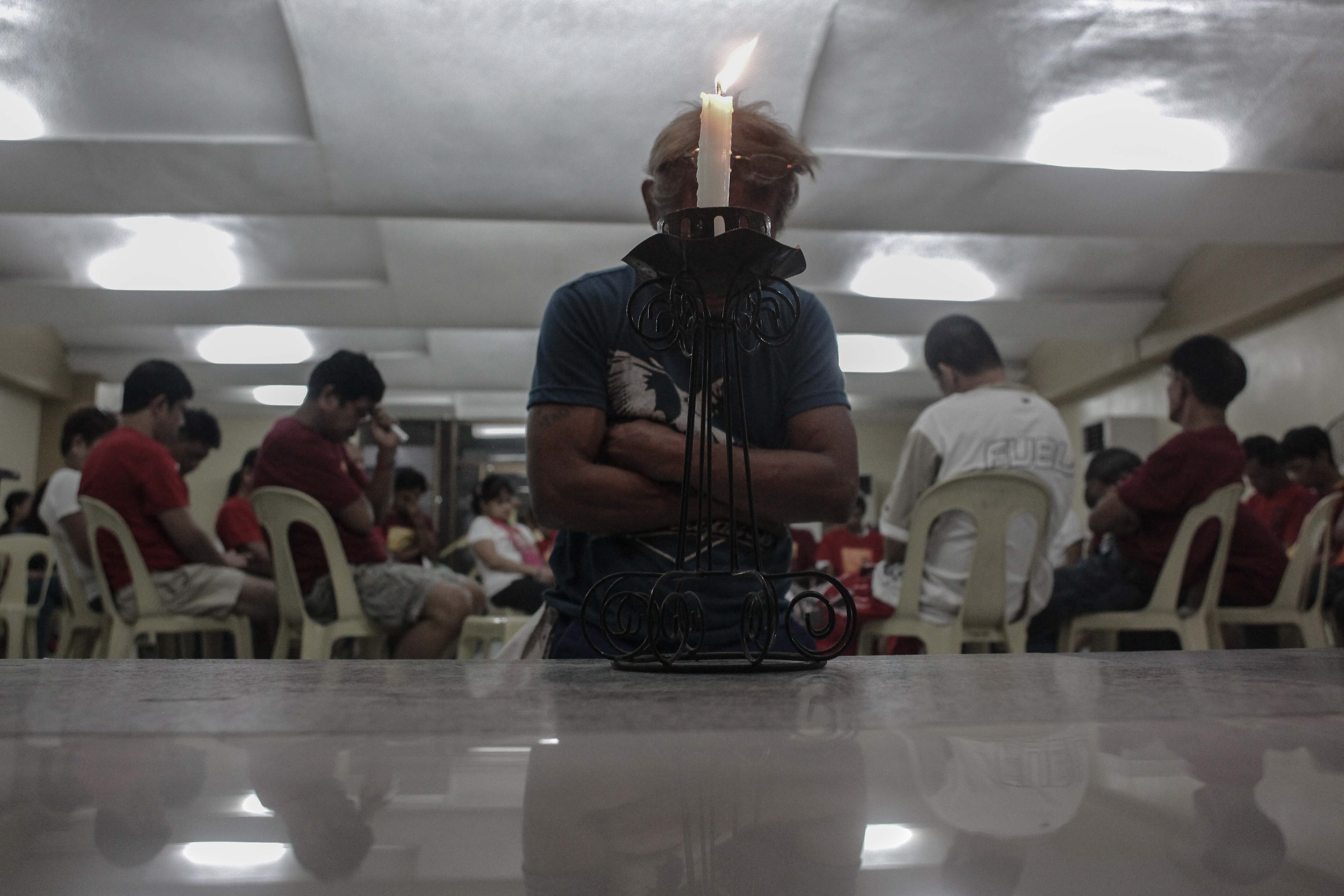
This ongoing project is my act of resistance. Through these images, I seek to reveal the brutality hidden in plain sight and to urge a collective reckoning. We must remember that every person in these photographs had a name, a history, a hope—now lost to a war that wages not just on drugs, but on the poor.
I will continue to document these lives—until we replace fear with empathy, punishment with support, and silence with truth.


